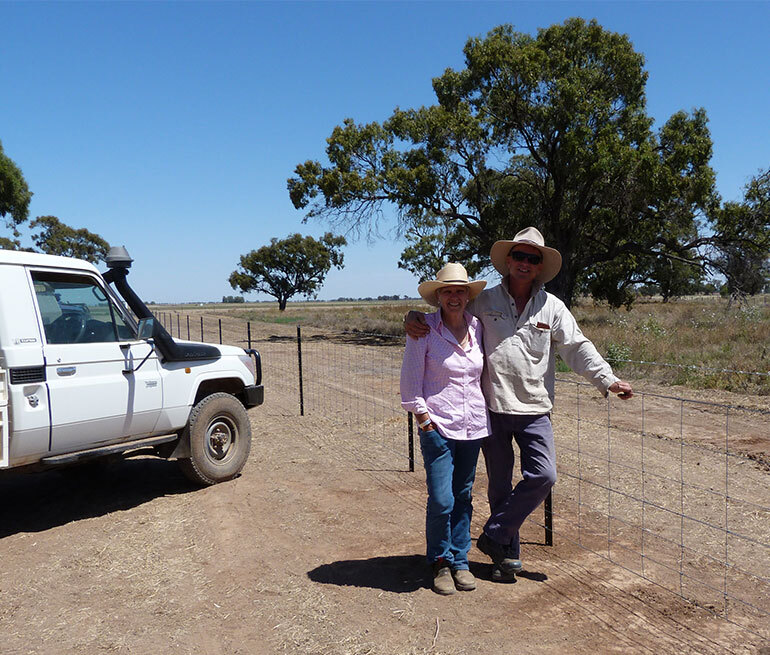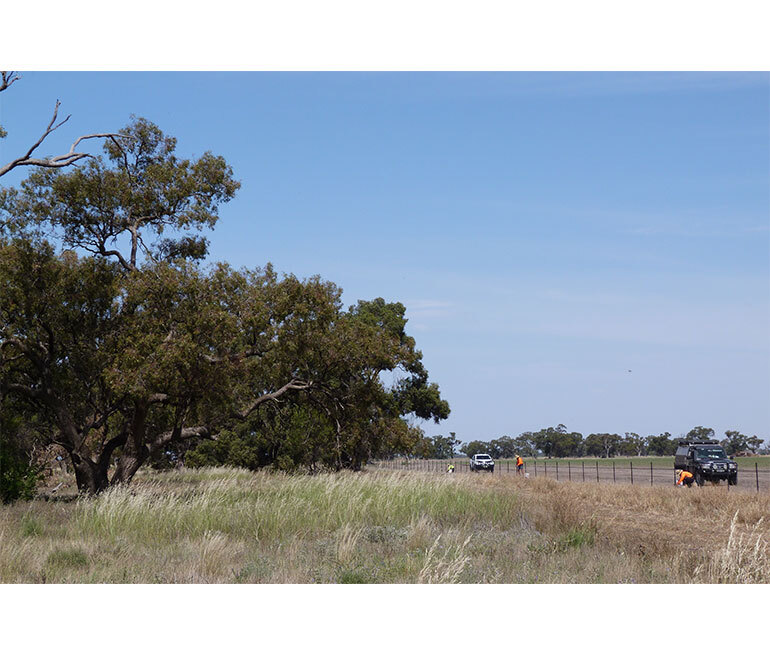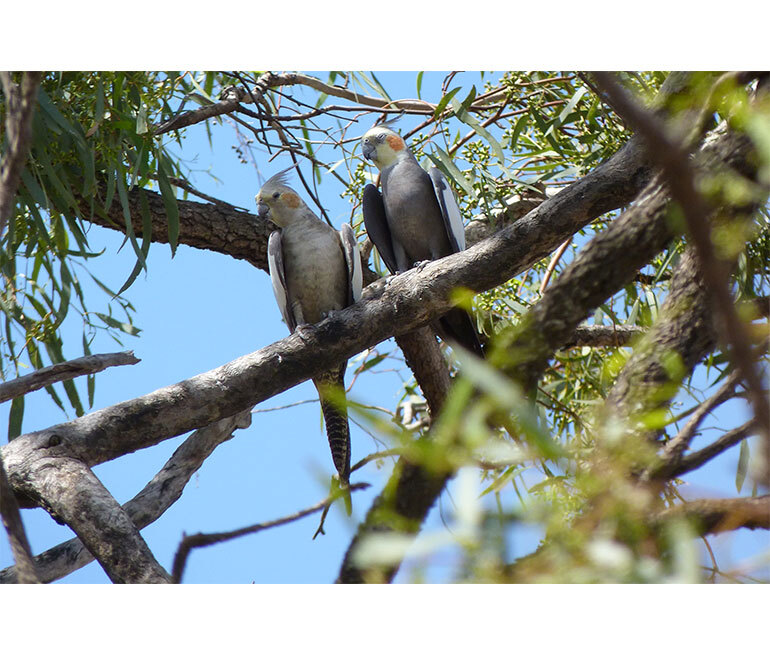Cotton growers launch conservation project to boost native parrot habitat

Two cotton growers from southern New South Wales are conserving vegetation on part of their farm in an effort to boost native parrot habitat.
Fiona and John de Wit’s farm is located 20 kilometres south-east of Griffith. The couple first purchased irrigated land in the Murrumbidgee Irrigation Area in 2014 and they grow a range of crops, including cotton, chickpeas and sorghum.
In 2015, the couple purchased a second, 177-hectare property nearby, which had historically been a rice, fat lamb and wool production farm.
The de Wits recently decided they would fence-off and conserve a 17-hectare section of their new farm to protect the inland floodplain woodland vegetation species on the site.
“Because of the size, location and integrity of this native vegetation area, it automatically lent itself to protection, enhancement and the future leveraging of ecosystem services,” Fiona said.
“The vegetation structure of the Black Box Woodland comprises an overstory of trees up to 25-metres tall, with a variable shrub layer of saltbushes and semi-continuous herbaceous ground cover.
“It would be considered an important vegetation community.”

The de Wits have partnered with Riverina Local Land Services (LLS) to co-fund their conservation work.
“The project involves the construction of 1.82 kilometres of fencing, which will be undertaken by a local contractor, Ricky’s Contract Fencing, from Coleambally,” Fiona said.
“This fencing will protect the area of 17.21 hectares of Inland Floodplain Woodland and will allow the protection of naturally regenerating overstory and understorey vegetation species through restricted stock access and active biosecurity management.
“We will also undertake the future collection of Black Box seed for seedling propagation and the planting of seedlings back into this area to further enhance existing and future natural regeneration.”

Fiona said the conservation work was set to bring many advantages to the local environment.
“The benefits of protecting and enhancing this significant remnant native vegetation will include the strategic creation of enhanced landscape connectivity and protecting key threatened species habitat, in this case - habitat for parrots,” she said.
“We’re aware that threatened parrot species known to this area include the Swift Parrot, Regent Parrot and the Superb Parrot.
“This project will also restore and recover the resilience and functionality of ecological communities through minimising threatening processes - for example, overgrazing, weed incursion through fencing, revegetation and targeted biosecurity practices.
“By providing ecosystem services, this native vegetation area will provide year-round habitat for beneficial insects, which will mean adjacent cotton fields will see more beneficial insects exploring the crop and increasing natural pest suppression early in the growing season.
“Likewise, the maintenance and enhancement of woody vegetation will see the sequestration and storage of carbon and this will help offset agricultural emissions and help cotton farms achieve carbon neutrality.”

The project is getting underway this week, and Fiona said she and her husband John were proud to be contributing to the improved health of the local environment.
“We have a general ethos of maximising productivity while minimising production impacts on our surrounding landscapes and farms, including adverse impacts on native vegetation, waterways, water quality and soils,” she said.
“We believe that by engaging in sustainable agricultural production practices now, we will in the future produce enhanced and more sustainable agricultural landscapes - landscapes which are more resilient, more hospitable, more productive and of a higher capital land value.”
Words by Robert Virtue
